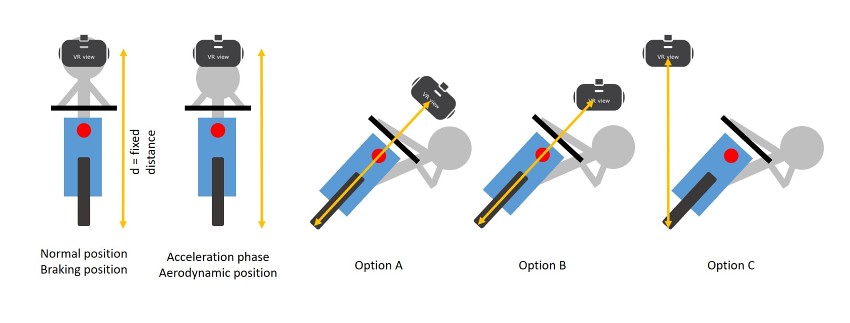Hi,
In my project, the rig is not moving. Only the handlebar.
It may seem ''funnier'' to have a moving rig but from a physical point of view I realized it is not the best solution.
The data is transfered via UDP and processed to the servo.
In my project, the rig is not moving. Only the handlebar.
It may seem ''funnier'' to have a moving rig but from a physical point of view I realized it is not the best solution.
The data is transfered via UDP and processed to the servo.






